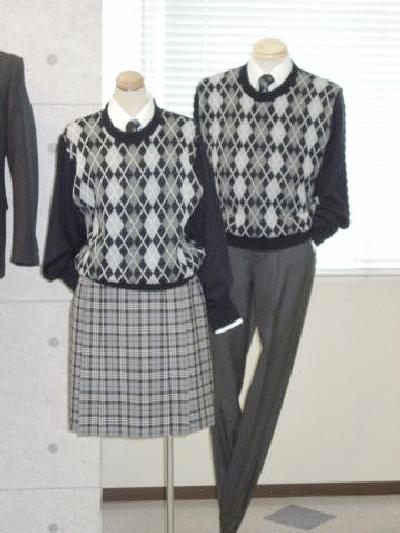
Figure 1.--An increasing number of Japanese school suppliers in the early 21st century are offering casual uniform styles like this. HBC is unsure, however, to what extent they are actually being adopted at schools.


Figure 1.--An increasing number of Japanese school suppliers in the early 21st century are offering casual uniform styles like this. HBC is unsure, however, to what extent they are actually being adopted at schools. |
We have only limited information available on Japanese school uniform trends in the 21st century. Most primary schools do not require uniforms. About a third of the schools do require uinforms and in most cases these involve short pants for the boys. Many have adopted the new style of long baggy shorts, but a few scghools maintain the older shorter style of shorts. Almost all secondary schools do have school uniforms. We have noted a variety of more casual uniform styles emerging at Japanese secondary schools. The newer styles of uniforms appearing in many websites are stylish casual clothing rather than the formal miltary styles that were worn at most schools during the 20th century. Many do not have the appearance of a uniform, other than the fact that the students all wear the same style. We are unsure how widely these new styles are being adopted. Clothing stores usually show the most modern uniform offerings. Most schools still appear to have have the more traditional uniforms. We do note that blazer and tie outfits seem to replacing the boy's military collar jacket, although this is still the most common style.
We have only limited information available on Japanese school uniform trends in the 21st century. Trends in the early 21st century appear quite similar to the late 20th centurty. We have not yet noted any major new trends. Most primary schools do not require the children to wear uniforms. There are, however, quite a number of schools that do require uniforms. About a third of the schools do require uniforms. These uniforms are commonly white shirts and short pants. Some school also have blazers. White kneesocks are common, but not always worn. In most cases these uniforms usually involve short pants for the boys. Few have adopted the new style of long baggy shorts. Most have short cut shorts. ome have longer, but not baggy shorts. Private schools commonly have more stringent uniform requirements. A few even have the military-styled uniforms more common in secondary schools.
Almost all secondary schools do have school uniforms. We have noted a variety of more casual uniform styles emerging at Japanese secondary schools. The newer styles of uniforms appearing in many websites are stylish casual clothing rather than the formal miltary styles that were worn at most schools during the 20th century. Many do not have the appearance of a uniform, other than the fact that the students all wear the same style. We are unsure how widely these new styles are being adopted. Clothing stores usually show the most modern uniform offerings. Most schools still appear to have the more traditional uniforms. We do note that blazer and tie outfits seem to replacing the boy's military collar jacket, although this is still the most common style.
Related Chronolgy Pages in the Boys' Historical Web Site
[Late 19th century]
[The 1930s]
[The 1940s]
[The 1930s]
[The 1940s]
[The 1950s]
[The 1960s]
[The 1970s]
[The 1980s]
[The 1990s]
[The 2000s]
Navigate the Boys' Historical Clothing School Uniform Pages
[Main Japanese School Uniform Chronology Page]
[Australia]
[England]
[France]
[Germany]
[Ireland]
[Italy]
[Japan]
[New Zealand]
[Scotland]
[United States]
Related Style Pages in the Boys' Historical Web Site
[Long pants suits]
[Short pants suits]
[Socks]
[Eton suits]
[Jacket and trousers]
[Blazer]
[School sandals]
Navigate the Boys' Historical Clothing Web Page
[Return to Main school uniform page]
[Introduction]
[Activities]
[Biographies]
[Chronology]
[Clothing styles]
[Countries]
[Bibliographies]
[Contributions]
[FAQs]
[Glossaries]
[Satellite sites]
[Tools]
[Boys' Clothing Home]
